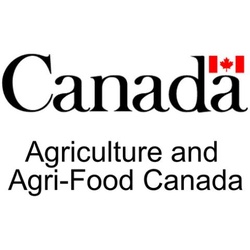
SaskTenders
At a glance
- No Condition
- Closing date : May 17, 2024
- All industries
- Saskatchewan
- For-profit business
- All revenue ranges
- All organization sizes
- All groups
Overview
Access open tenders for goods and services to find opportunities that your company is qualified for.
Activities funded
The SaskTenders grant outlines specific activities that align with guiding public procurement processes in Saskatchewan. These activities are designed to assist public entities in conducting procurements through a detailed and structured approach.
- Identification and definition of procurement needs and challenges.
- Selection of appropriate procurement approaches to achieve best value.
- Conducting competitive procurement processes in a transparent manner.
- Evaluation of bids based on established criteria and processes.
- Awarding supplier contracts post-evaluation and approval processes.
- Providing debriefing opportunities to suppliers to maintain transparency.
- Management of contracts to ensure compliance and fulfillment of terms.
- Ensuring adherence to government policies and trade agreements in procurement.
- Implementation of flexible and consistent procurement strategies.
- Engagement with suppliers for meaningful consultation and mutual understanding.
Eligibility
Eligibility for participating in procurement processes as outlined in the guide is determined by adherence to specified standards and policies.
- The applicant must adhere to the open, transparent, and fair processes established by the Government of Saskatchewan.
- The applicant must comply with all applicable laws, trade, and policy obligations.
- The applicant must avoid conflicts of interest as defined in the Conflict of Interest Policy.
- The applicant must respect trade obligations outlined in agreements such as the New West Partnership Trade Agreement (NWPTA) and the Canadian Free Trade Agreement (CFTA).
- The applicant must be willing to participate in fair and equitable debriefing and complaint/dispute resolution processes.
- The applicant must engage in ethical behavior, avoiding compromising actions or appearances of unethical conduct.
- The applicant must submit responses to procurement opportunities in compliance with specified deadlines and criteria.
Who is eligible?
This document provides a framework for public entities conducting procurement in Saskatchewan. Therefore, those who can apply are specifically limited to government entities within Saskatchewan, including ministries, Crown corporations, boards, agencies, and commissions. Outside companies or individuals are not mentioned as applicants, indicating that external private entities may participate in the procurement process as vendors or suppliers, but they are not the primary applicants under this context.Who is not eligible
This procurement process is tailored specifically for public entities within the Government of Saskatchewan. Certain companies and industries are not applicable within this context based on the nature of public sector procurement procedures.
- Private sector companies and individuals looking to apply for grants.
- Non-governmental organizations not affiliated with the Government of Saskatchewan ministries, Crown corporations, boards, agencies, and commissions.
- International companies without a presence or registration in Saskatchewan or Canada.
- Entities barred by trade agreements or local regulations preventing government contract participation.
Eligible expenses
The Procurement Guide outlines the approach and steps that public entities in Saskatchewan should follow to conduct their procurement activities. While it doesn't specify direct grant eligibility, it provides a process-oriented approach to ensure transparency, compliance, and best value in procurement.
- Follow a seven-step process for conducting public procurement, including needs identification, approach decision, competition, bid evaluation, award, supplier debriefing, and contract management.
- Consider technical specifications and performance specifications to define procurement needs efficiently.
- Use various procurement tools like Invitation to Tender, Request for Proposal, and Advanced Contract Award Notice to manage procurement depending on the complexity and need.
- Engage in contract management and ensure compliance with trade agreements and internal policies.
Eligible geographic areas
This grant is available to companies based within the jurisdiction of the Government of Saskatchewan. The eligible locations are defined to support economic development within this specific Canadian province.
- All regions within the province of Saskatchewan, Canada.
Selection criteria
The evaluation and selection of procurement projects under the Procurement Guide involve specific criteria designed to ensure the best value for the Government of Saskatchewan.
- Quality and credibility of the proposal and work plan.
- Innovation, creativity, and originality demonstrated in the proposal.
- Suitability of the business solutions and outcomes proposed.
- Supplier experience, performance history, and demonstrated ability to successfully perform the contract, including service and support capacity.
- Delivery, deliverables, and performance commitments.
- Risk and compliance management, including safety practices and history.
- Environmental impact of the goods and services.
- Total cost of ownership, including purchase cost, maintenance, and operational expenses.
- Local knowledge and understanding of climatic, regulatory, and market conditions.
- Professional credentials and licensing as required by Saskatchewan's standards.
How to apply
Need Identification/Problem Definition
- Discuss objectives and requirements with procurement professionals.
- Engage with suppliers for insights on products, services, and market conditions.
- Define requirements using technical or performance specifications.
Decide on a Procurement Approach
- Choose an approach based on the complexity and value of the procurement.
- Select from Invitation to Tender (ITT), Request for Proposal (RFP), etc.
Conduct the Competition
- Post competition on SaskTenders and other appropriate platforms.
- Provide access to RFP documents and address supplier inquiries.
Evaluate Bids
- Establish evaluation criteria based on RFP details.
- Review proposals independently and develop a consensus score.
- Conduct presentations or demonstrations for shortlisted suppliers, if necessary.
Make an Award
- Reach consensus on the preferred supplier and follow internal approval processes.
- Establish a contract with the selected supplier.
Debriefing Suppliers
- Offer debriefings to suppliers post-award to ensure accountability and transparency.
- Provide constructive feedback and opportunities for suppliers to improve.
Contract Management
- Manage the contract to ensure deliverables are met and payments are made.
- Monitor supplier performance and manage contract timelines and extensions.
Additional information
This guide provides a comprehensive framework for public entities in Saskatchewan to conduct procurements, ensuring consistency, transparency, and compliance with trade agreements.
- The guide includes detailed steps for conducting a competitive procurement process, from need identification to contract management.
- Focuses on a "best value" approach, considering factors beyond total cost.
- Emphasizes the importance of early supplier engagement and consultations.
- Outlines various procurement tools like ITTs, RFPs, and RFIs.
- Provides guidance on handling specialized procurements such as emergency purchases.
- Requires public entities to follow ethics and conflict of interest policies.
- Includes procedures for supplier debriefing to promote transparency and improve future procurement processes.
- Highlights the need for compliance with multiple trade agreements like NWPTA and CFTA.
Frequently Asked Questions about the SaskTenders Program
What is the SaskTenders?
How much funding can be received?
What expenses are eligible under SaskTenders?
What is the deadline to apply?
Is the SaskTenders a grant, loan, or tax credit?
Who are the financial supporters of the SaskTenders?
Who is eligible for the SaskTenders program?
Who can I contact for more information about the SaskTenders?
Where is the SaskTenders available?
More programs like this
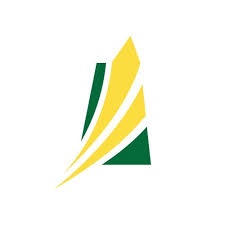
Saskatchewan Commercial Innovation Incentive (SCII)
Government of Saskatchewan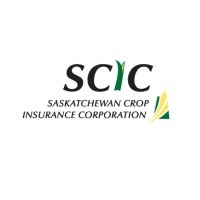
AgriStability — Saskatchewan
Government of Saskatchewan
Saskatchewan Polytechnic
Cognit.ca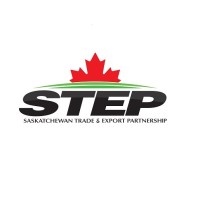
STEP International Business Trip Support
Government of Saskatchewan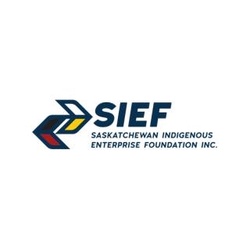
Commercial/Agriculture Loans
Saskatchewan Indian Equity Foundation Inc. (SIEF)
Regional Artificial Intelligence Initiative (RAII) in the Prairie Provinces
Prairies Economic Development Canada (PrairiesCan)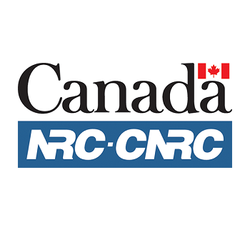
NRC — Plant growth research facilities
National Research Council Canada (NRC)
Made in Saskatchewan Technology Program (MIST)
Government of Saskatchewan
Saskatchewan Arts Board Grants
Government of Saskatchewan